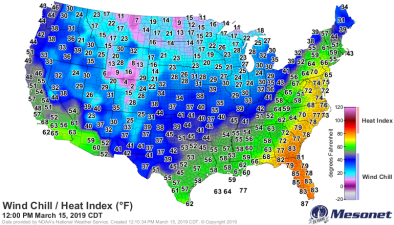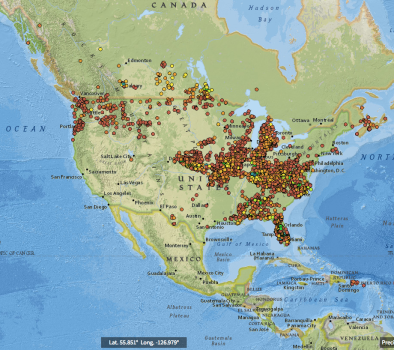Science Source
EEE 2012: Likelihood Of July 2012 U.S. Temperatures In Preindustrial And Current Forcing Regimes
Main findings:
The CMIP5 global climate model ensemble suggests that the likelihood of extreme July temperature anomalies is greater in the current forcing than in the preindustrial forcing. In particular, the mean occurrence of 2012-magnitude temperatures is more than four times as frequent over the north-central and northeastern United States in the current forcing. The mean occurrence of 2012-magnitude geopotential height anomalies is also more than four times as frequent, suggesting increased likelihood of the atmospheric conditions that often occur in conjunction with severe heat at the surface.
Full report:
EEE 2012: Explaining Extreme Events of 2012 from a Climate Perspective
Related Content
Headline

Jul 9, 2018 | LA Times
More temperature records set as heat wave grips Southern California
Real Time Data

Jul 2, 2018 | Mesonet
Heat Index, Wind Chill
Real Time Data

Jul 15, 2016 | NOAA / NCDC
US Daily Temperature and Precipitation Summaries
Science Source
| National Weather Service and Penn State University Monograph
Recent Trends in Northern and Southern Hemispheric Cold and Warm Pockets
Richard Grumm and Anne Balogh


